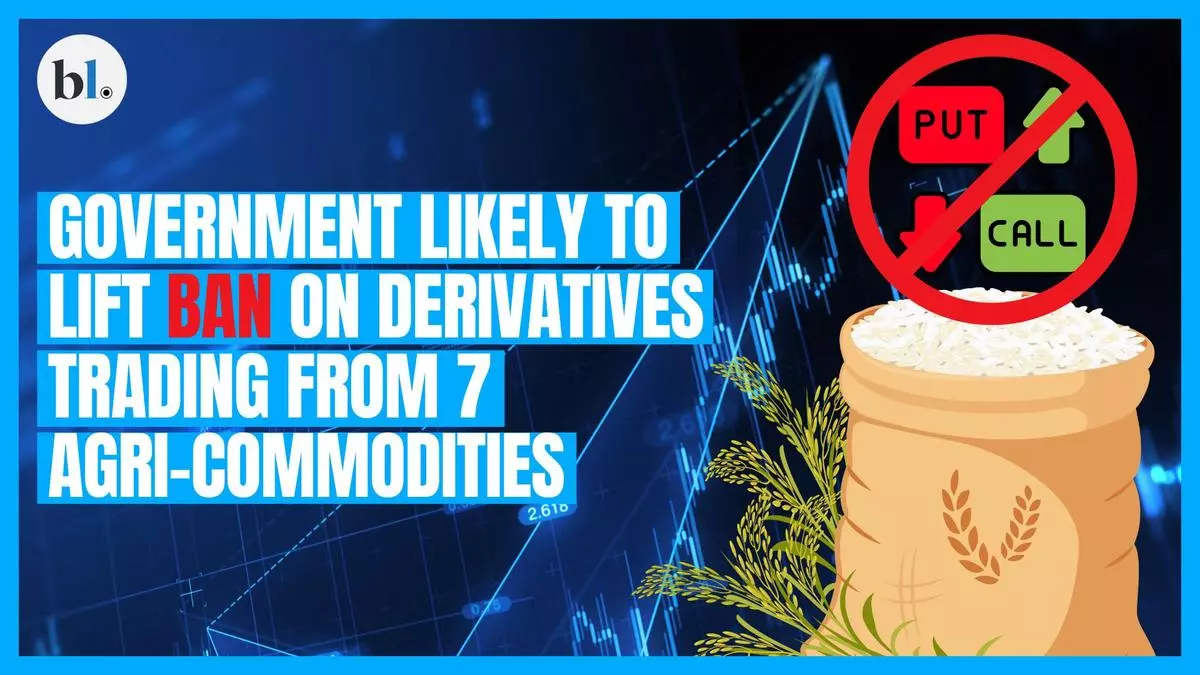When there is a market correction, investors are worried, as to where the bottom is and when the market would turn around. The fact is, no one knows the top or bottom of the market. Market prices do fluctuate, which is called volatility, a ‘constant’ in markets. In this context, we will discuss some historical data, which gives a perspective about the future.
Context
We will take instances of significant past corrections and the returns generated till date. Returns till date are calculated from the pre-correction peak i.e. even after you have suffered the correction, you have earned so much (as in the table) return till date.
What table says
Absolute decline indicates non-annualised fall in the market i.e. from peak to trough of that phase, what was the extent of decline.
Nifty50 TRI: market decline and returns till November 30, 2024 are represented by Nifty50 TRI. Nifty50 represents a little more than 50% of the total equity market capitalisation of India. TRI means the total returns index, which adds the dividends paid by the companies to the price appreciation of the stocks.
Events of volatility
Prior to 2000, it was the phase of ‘dotcom’ boom. In the initial phase of Internet, any company with ‘dotcom’ or something similar in the name was galloping at the stock market. People did not care about the fundamental quality of those companies. Valuations, as measured by the price-earnings multiple, were stretched as prices ran up to many times the earnings of the companies. It was so much that it was in bubble zone.
And whenever there is a bubble, it will burst at some point of time. When it burst, market fell 50 per cent. From then till date, you would have earned 13 per cent annualised returns. That is, even after suffering 50 per cent fall, you earned 13 per cent annualised returns. The inference is, as long as you have a long investment horizon, you take home decent returns, in spite of big market corrections.
The Global Financial Crisis (GFC) of 2008 was another big event. It originated due to excesses in the U.S., but impacted the entire world. Stock markets crumbled, central banks all over the world cut interest rates and pumped in liquidity to support distressed economies. Our market, represented by Nifty50, fell 59 per cent.
From that level till date, market has given 10 per cent annualised returns. Similarly, we had many other significant events leading to big market corrections, like COVID in 2020. In spite of corrections, market, over an adequate holding period, has rewarded patience.
Current situation
There was, and still is, some stretch in market valuations, in terms of price-earnings multiples. This stretch is more in the U.S. than in India.
When prices run ahead of reasonable valuations, it is in a way waiting for a trigger to correct. Since October 2024, the correction was triggered by foreign portfolio investors (FPIs) pulling out of India. It was not just a simple selling of stocks, but in terms of quantum, the highest ever in a span of one month, in October 2024.
Our markets corrected, approximately 11-12 per cent at the indices level, and higher for certain stocks. However, the important point is, there is no big adverse event happening, of the scale mentioned earlier in the table.
Whether the correction is over or not, or whether there would be another correction in the near future, is anyone’s call. In a way, these corrections are healthy, as it brings valuations closer to historical averages from stretch zone.
The fundamental economic growth of India and the growth of corporates, remain very much in place. Market price in the short run is a function of many variables other than the quality or growth of the companies. As we saw over the last two months, big-time FPI sell-off was a reason for correction. However, this does not impact the growth of companies in India in the long run.
Conclusion
When the market is volatile and correcting, investors tend to get apprehensive and some may pull out of markets. However, as long as the fundamental quality remains intact, you should remain invested. Rather, the discounted price levels are a better time to buy more stocks.
As we saw in the historical instances, trying to call the market bottom is futile. Just wait it out. Data analysis on Nifty50 and Sensex shows that over the history of the index, on holding periods of 10 years and longer, market has always given decent positive returns.
We had many significant events leading to big market corrections, like COVID in 2020. In spite of corrections, market, over an adequate holding period, has rewarded patience.
Data analysis on Nifty50 and Sensex shows that over the history of the index, on holding periods of 10 years and longer, market has always given decent positive returns.
(The writer is a corporate trainer (financial markets) and author)









Leave a Comment